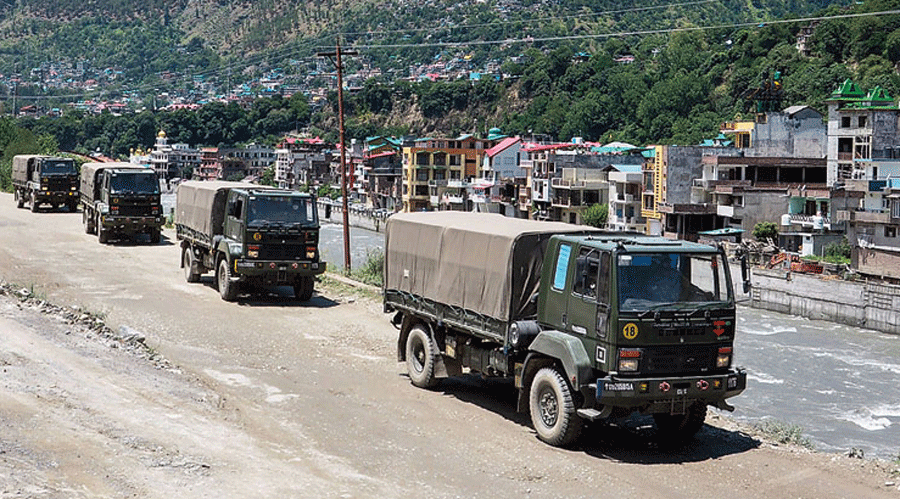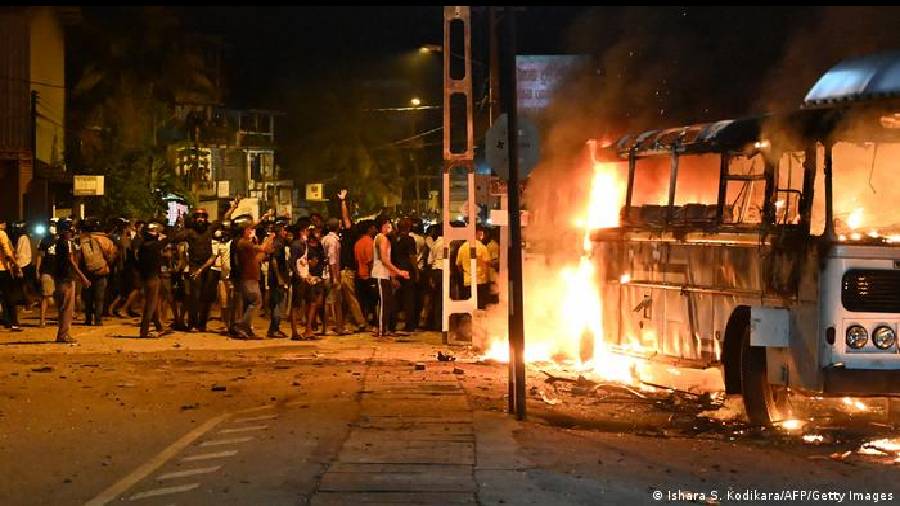Intelligence inputs suggest the Chinese army is planning fresh incursions at several “sensitive” places along the Line of Actual Control from Ladakh to Arunachal, sources in the security establishment have told The Telegraph.
“These spots had witnessed Chinese incursions in the past. The army and the Indo-Tibetan Border Police have been alerted,” a security official attached to the Union home ministry said.
He said the army had been asked to bolster its operational and infrastructure capabilities and fortify its positions at these sensitive zones.
“The army has been asked to ramp up infrastructure in these areas. The troops posted in the forward areas have been instructed to keep a close eye on Chinese army movements along the LAC,” a defence ministry official said.
India and China differ in their perceptions of the unmarked LAC, and the two armies often accuse each other of incursions.
The two countries have been locked in border standoffs at multiple points in Ladakh since May 2020. China’s People’s Liberation Army (PLA) is said to have taken over close to 1,000sqkm of India-claimed territory.
During talks in March, the Chinese had refused to disengage from Hot Springs and the strategically crucial Depsang Plains where they are said to be entrenched 18km inside India-claimed lines.
The Chinese have retreated partially in the Galwan Valley, Gogra and the Pangong Lake, while remaining well within India-claimed lines, and after getting India to pull back by an equal distance within India-claimed territory.
Each side currently has around 50,000 to 60,000 troops along the LAC at 14,000 feet and above.
In January this year, the chief of the Indian Army, General M.M. Naravane, had said the threat levels at the China frontier had not reduced.
He had said India’s army would continue to deal with the PLA in a “firm, resolute and peaceful manner” and that its response was “robust to the PLA’s attempt to unilaterally change the status quo”.
“Our capabilities have increased manifold at the northern borders,” he had said. “We are in a much better position than what we were one-and-a-half years ago and are now much better prepared to deal with any situation.”
Naravane had said China had stationed a large number of troops along the LAC and built a lot of structures. He had suggested a three-step process of troop disengagement from friction areas, de-escalation of tensions, and de-induction of troops, weapons and equipment.
“We have to remain there (LAC) till these steps are completed,” he had said.












